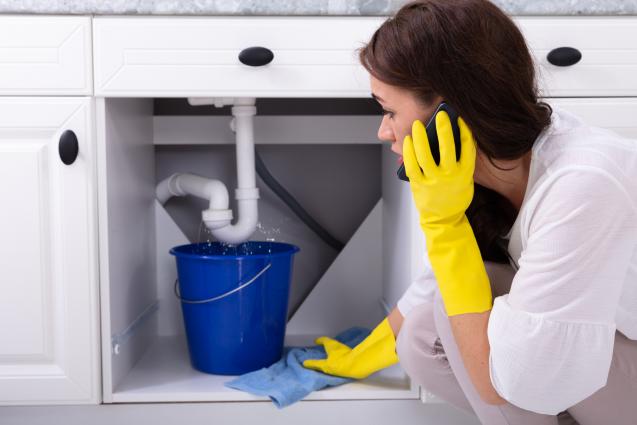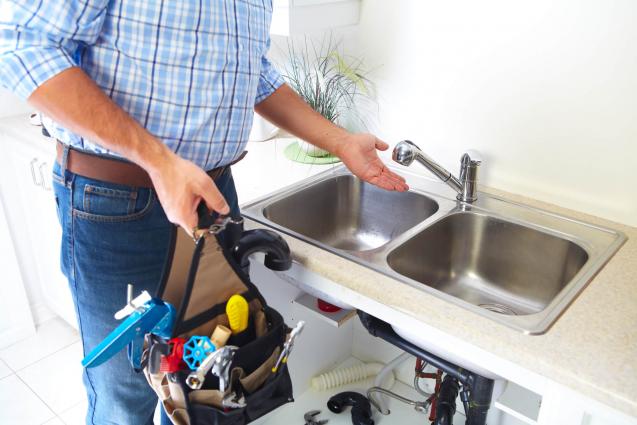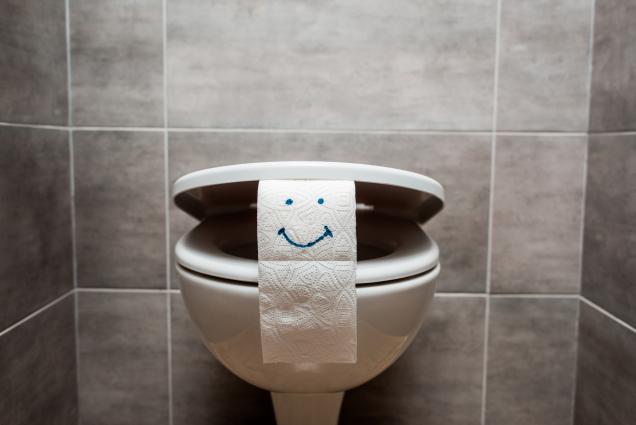
Ensuring Electrical Safety: Tips for Proper Extension Cord Use and Care
Understanding Types of Extension Cords
Different extension cords serve different purposes, making it crucial to select the right one for the job. Common types include light-duty, medium-duty, and heavy-duty cords. Light-duty cords are typically used for small appliances and lamps, while medium-duty cords are suited for power tools and larger appliances. Heavy-duty cords, meanwhile, are intended for industrial machinery and other high-power equipment.
Selecting the appropriate extension cord is vital. A misjudged choice can lead to overheating, posing a significant safety risk. When contemplating between indoor and outdoor extension cords, remember that outdoor cords are more robust, with added insulation to withstand environmental conditions.
Key features to consider when buying an extension cord include its amperage rating, length, and the presence of safety certifications like Australian Standard (AS) ratings. A higher amperage rating ensures safe operation, especially for high-power equipment. Long cords can experience voltage drops, reducing efficiency, so choosing the right length is essential.
Correct Usage Practices
Sticking to the maximum load capacity of an extension cord is crucial for safety. Overloading a cord can cause overheating, leading to fires. Every extension cord has a specified load capacity, typically indicated on the packaging or the cord itself. Always tally the total wattage of connected devices and compare it to the extension cord's capacity.
Proper placement of extension cords can prevent tripping hazards and unintended damage. Avoid running cords under carpets, through doorways, or across high-traffic areas. Instead, place them along walls or behind furniture where they are less likely to be tripped over.
Using grounded extension cords is imperative for safety. Grounded cords have a third prong, which diverts potential electrical faults away from users and sensitive equipment, providing an additional layer of protection.
Avoiding misuse scenarios that lead to accidents is simpler with a few preventive measures. Never daisy-chain multiple extension cords together as this increases the risk of overloads and overheating. Equally important is the avoidance of using extension cords as permanent wiring solutions. They are designed for temporary use and should not replace fixed wiring.
Routine Inspection and Maintenance
Regular inspection of extension cords can preempt potential hazards. Check cords for visible signs of wear and tear, such as frays, cracks, or exposed wires. If any damage is detected, the cord should be replaced immediately.
Persistent heat when in use, unusual odors, or visible damage to the insulation are signs that an extension cord needs to be replaced. Using damaged cords is a fire risk and should be strictly avoided.
Cleaning and storing extension cords properly can prolong their lifespan. Coiling cords neatly and storing them in dry, cool locations prevents tangles and physical damage. Regularly wiping down cords with a dry cloth can keep them free from dust and dirt, which can affect their functionality.
Regular maintenance checks should be part of your routine to ensure cords remain in good working condition. Periodically check them even if they are not in constant use, as environmental factors can still cause degradation over time.
Safety Precautions to Remember
Keeping extension cords away from water and heat sources is essential for safety. Water can cause short circuits, and excessive heat can degrade the cord's insulation, both of which can lead to potentially dangerous situations.
Using damaged or frayed cords should be avoided under all circumstances. Damaged cords can cause electrical shocks or fires, making them highly unsafe even for short-term use.
In workplace settings, safety measures for extension cords are even more critical due to increased usage and potential hazards. Ensure that cords are appropriately rated for commercial equipment and machinery. Installing outlets in accessible locations can reduce the need for long extension cords, which are more likely to be mishandled.
In case an extension cord malfunctions, swift action is needed. Unplug the cord immediately and inspect it for discernible issues. If the problem persists, replace the cord. Do not try to repair damaged cords as DIY fixes can often exacerbate the problem.
Child and Pet Safety
Child-proofing extension cords can prevent accidents and injuries. Products like cord shorteners and socket covers can keep cords out of reach of curious children. Secure any loose cords and avoid placing them near play areas.
Pets also pose unique challenges when it comes to extension cords. Chewing and gnawing on cords is a common issue. Protective covers and cord organisers can mitigate this risk by keeping cords out of sight and out of mind.
Installing protective covers for unused outlets is another effective method to ensure safety. Outlet covers prevent children and pets from inserting objects into sockets, which can lead to electrical shocks or worse.
Training family members, especially young children, about extension cord safety is essential. Simple rules like not touching cords with wet hands or not yanking them out of sockets can significantly reduce the risk of accidents.
Conclusion
In summary, ensuring electrical safety involves regular vigilance and adherence to best practices. Whether it's selecting the right type of extension cord, following correct usage protocols, or maintaining cords properly, these steps are vital for preventing accidents. Consistent safety habits are essential in creating a safe environment, and it is crucial to review and update these practices regularly.
By implementing these tips for safer home electrical practices immediately, households and workplaces can enjoy a safer, more secure environment. Regular maintenance, proper usage, and keen awareness of potential hazards are all part of a proactive approach to electrical safety. So take action now and make electrical safety a priority.



